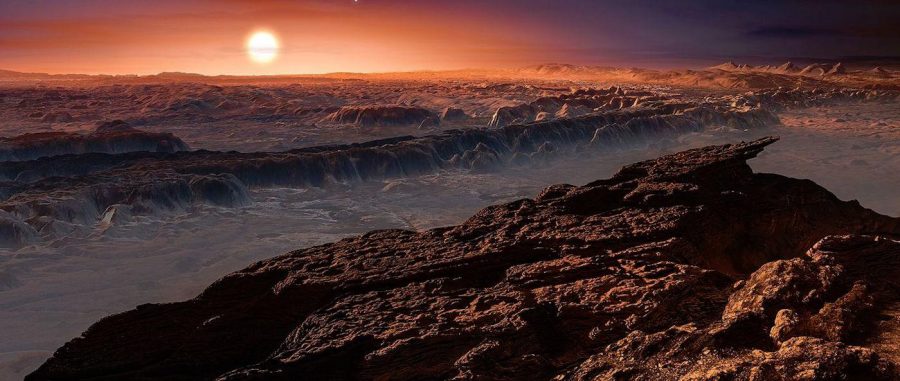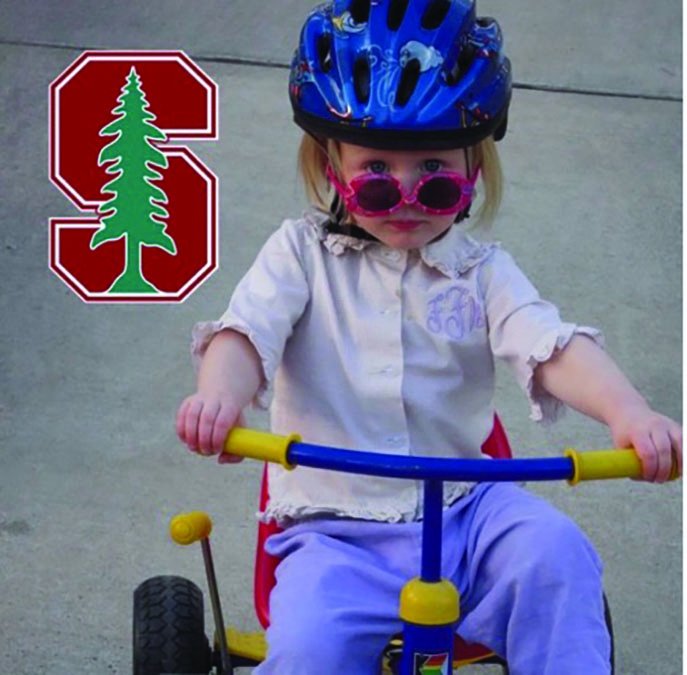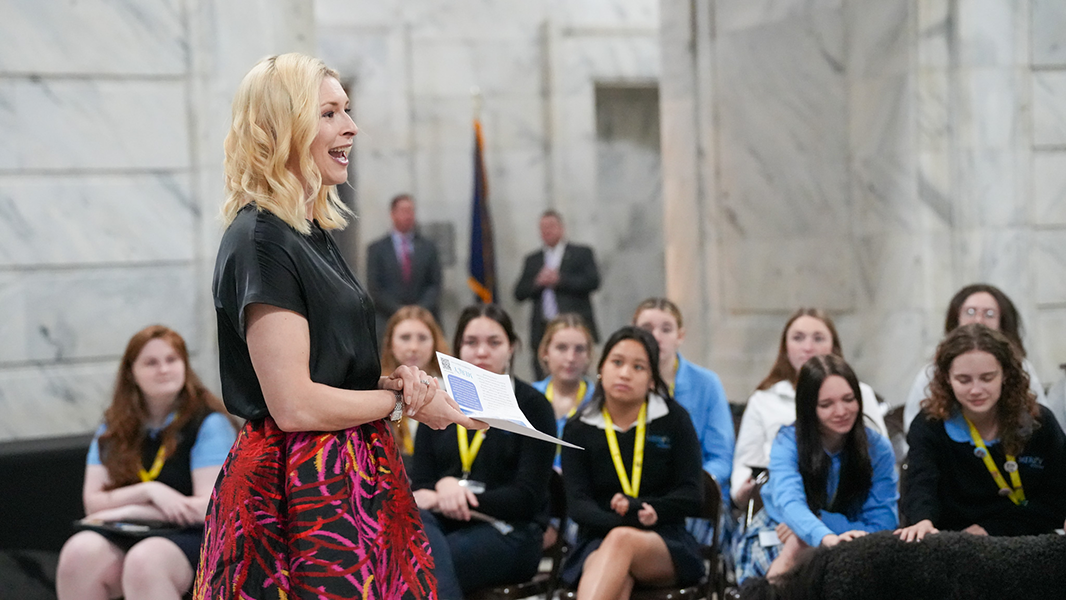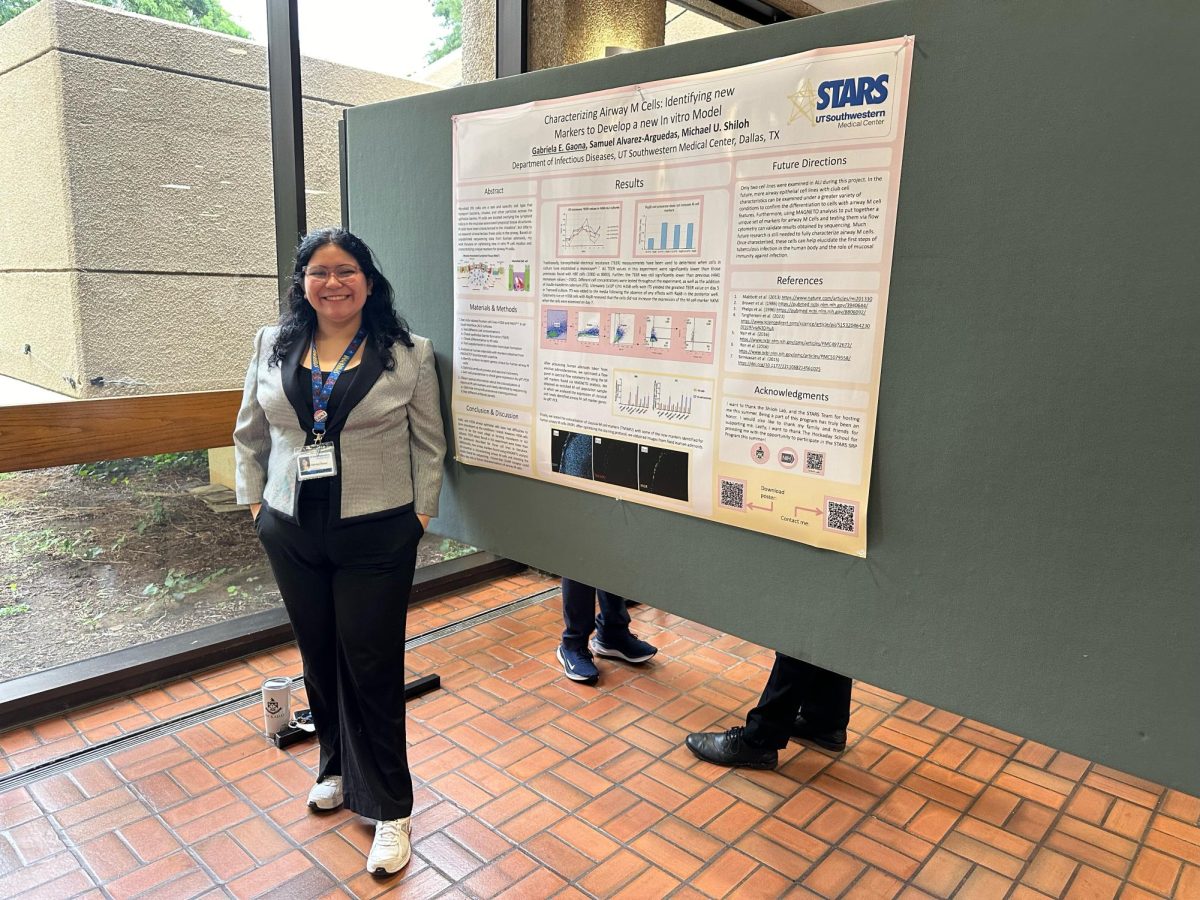In late August, a group of astronomers led by Guillem Anglada Escudé at the European Southern Observatory confirmed the existence of Proxima b, a terrestrial planet that orbits Earth’s neighbor star, Proxima Centauri.
Astronomers knew that the Centauri region was a promising place to find rocky planets in our universe, and even though they had a telescope pointed at the constellation for the first half of this year, they could not detect Proxima b. Finally, using the radial velocity method, they detected a “Doppler wobble” in Proxima Centauri, the star that the newfound planet orbits. This slight movement confirmed the existence of the planet, as it was obvious that some gravitational pull was acting on the star.
At only 4.2 light years away, Proxima b is the closest exoplanet to our solar system. The planet is, at a minimum, 1.3 times the size of the Earth, but could be two or three times larger.
Proxima b has a very close orbit, 20 times closer than the Earth’s orbit with the Sun. With its star, Proxima Centauri, a year on this planet is just a mere 11 days on Earth. And because the planet is so close to its star, it is most likely tidally locked to Proxima Centauri– as the Moon is to the Earth– meaning that one side of the planet is constantly facing the sun, while the other is always facing away from it. Proxima b’s close proximity to the sun also suggests a large amount of X-ray and infrared radiation on the planet.
Proxima Centauri is a low-mass red dwarf star; it is approximately two-thirds as bright as the Earth’s star and it gives off mainly red light. If a human were to stand on the surface of Proxima b, it would appear to be twilight all the time.
All that we know of Proxima b is gathered from the radial velocity data, scientists are still missing large pieces of the puzzle, such as whether or not Proxima b has an atmosphere or magnetic fields and how the planet and its star were formed.
Even before Proxima b was confirmed, Stephen Hawking, Mark Zuckerberg and other scientists and technologists created the Starshot Project. This initiative would work to send nanocraft to exoplanets in order to obtain images of the mysterious bodies. Now, this project is extremely relevant as Proxima b seems to be a breeding ground of new discovery.
Leon DeOliveira, Upper School physics teacher, believes in the importance of this project.
“The benefits of developing that technology would go far beyond the Starshot project in and of itself,” he said.
And Science Department Chair Marshall Bartlett agrees. “This is the first chance we have to actually go somewhere that’s not our solar system and to really study something and it turns out there might be something really interesting there,” he said.
No matter how much uncertainty there is surrounding the planet, the media has not hesitated to announce the planet “Earth-like.” But, how similar to Earth is Proxima b really?
The term “Earth-like” simply means that the planet is in the habitable, or Goldilocks, region of its star, has a rocky surface, is around the size of Earth, and has the potential to have liquid water.
Proxima b is indeed in the habitable region, has a rocky surface, shares a similar mass with Earth, and could possibly have liquid water.
To the non-scientist, however, the term “Earth-like” can be misleading and many are now jumping to the prospect of life in space. In the very basic ways, Proxima b is “Earth-like,” but one must remember that simply because a planet has the ability to have liquid water on its surface does not mean that it could be a host for life, and there are several things that could prohibit life on Proxima b.
Because of the possibility of Proxima b being tidally locked to Proxima Centauri, with one hot side and one very cold side, life could possibly only exist in the border regions between two extremes. Its proximity to its star would subject any developing life to fatal solar flares and harmful radiation. This powerful radiation could also break apart any liquid water on the surface; forming hydrogen and oxygen gas and doing away with the water.
Proxima b is a newly discovered planet and scientists cannot actually know what form life would take on and what it could withstand. For instance, even on Earth, there are extremophiles, animals that live in either extremely hot temperatures or extremely cold ones.
“The characteristics of life that we think about on Earth might not be the same characteristics of life that define life on another planet,” Upper School Science Teacher Katie Croft said.
Thus, the question of life on Proxima b is one with no answer and many underlying questions. The excitement of the public regarding the prospect of life on Proxima b is not energy wasted, however, no matter how little is known about the possibility. DeOliveira believes this excitement is the driving force of new discovery.
“If that excitement can get Congress to give us more funding for space exploration and to maybe get the Spaceshot underway, I think that’s a good thing, so i have no problem with people hyping it up,” he said.













